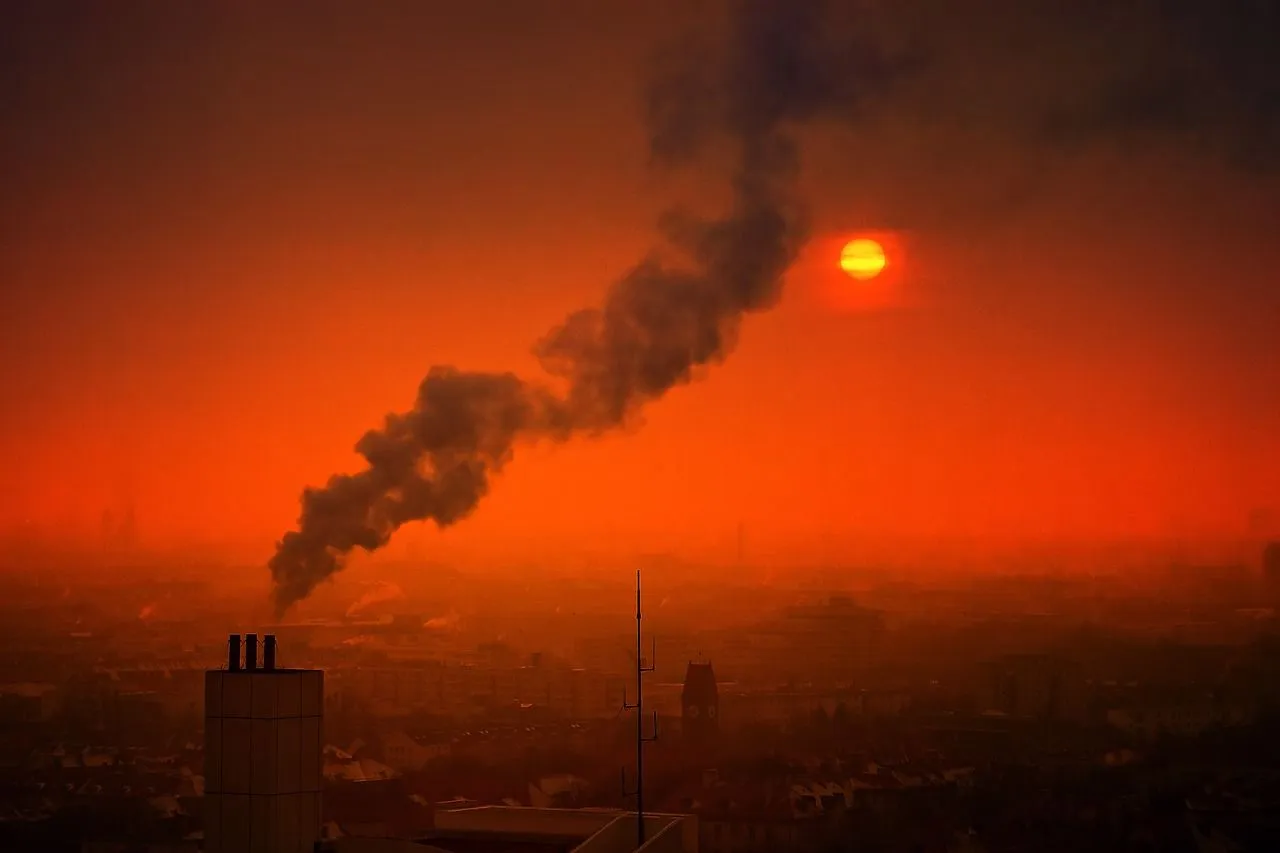🌍 Latest measurements reveal CO₂ levels not seen in 4 million years
Published by Cédric,
Article author: Cédric DEPOND
Source: UC San Diego
Other Languages: FR, DE, ES, PT
Article author: Cédric DEPOND
Source: UC San Diego
Other Languages: FR, DE, ES, PT
Follow us on Google News (click on ☆)
Since 1958, scientists have documented a continuous rise in CO₂, the primary human-made greenhouse gas. The latest data confirms an acceleration of this phenomenon, with an increase of 3.5 ppm in just one year.

Illustration image Pixabay
Mauna Loa Observatory: a historic barometer
Perched at an altitude of 11,155 feet (3,400 meters), Mauna Loa has provided benchmark measurements for over six decades. Charles David Keeling established the first curve tracking the seasonal and annual evolution of CO₂ there, now known as the Keeling Curve.
Despite interruptions, such as during the 2022 eruption of the volcano on which the observatory is located, measurements have been maintained thanks to backup systems. Data from NOAA and the Scripps Institution of Oceanography align, underscoring an inexorable rise.
The Northern Hemisphere, where emissions are concentrated, records peaks in May before vegetation absorbs some of the CO₂ for a few months. In contrast, the less industrialized Southern Hemisphere shows inverted cycles and slightly lower concentrations.
Consequences: a climate under pressure
CO₂ acts like a thermal blanket, intensifying extreme weather events. Droughts, wildfires, and floods are increasing, while ocean acidification threatens marine ecosystems.
Current levels have not been observed since the Pliocene, 4 million years ago. At that time, temperatures were 7.2 °F (4 °C) higher, and sea levels were 79 feet (24 meters) higher. A comparison that raises questions about the future of our climate.
Monitoring networks warn of the urgent need for action. Yet emissions persist, bringing the planet closer to the symbolic threshold of 500 ppm, potentially reachable by 2050.